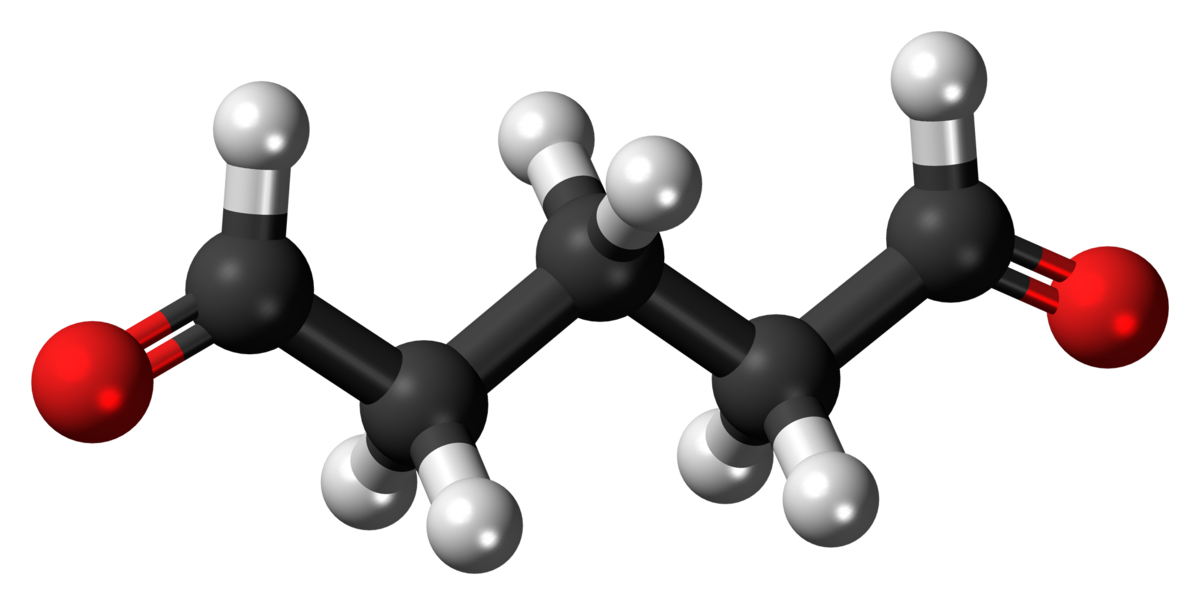danajs
New Member
Since posting another 3 have died and were absolutely clueless  They’ll be happily schooling one day, then seem to go pale and then die
They’ll be happily schooling one day, then seem to go pale and then die
Neither of us are smokers and I don’t put my hands into this tank, it’s all his - so no risk of moisturiser or perfume there! The only thing we do have in the room is a wax melt, but that is right next to my Bettas and they’re absolutely fine. This big tank is also enclosed.They might be getting poisoned by something. Rummynose are sensitive to chemicals and this includes moisturisers, hand santiser, poor water quality, sudden changes in water chemistry (GH, KH & pH), and anything else that pollutes or contaminates the water.
Does anyone smoke, paint or use hair spray, perfume, deodorant or any other aerosol in the room with the tank?
Do you have buckets and hoses specifically for the fish?
When you fill the tank, you should add the dechlorinator before adding the tap water. If you have chlorine in the tap water, then treat the entire tank volume for a single dose. If you have chloramine in the tap water, you normally use a double dose. You can contact your water supply company to find out if they add chlorine or chloramine to the water.
Can you post pictures of the new angelfish so we can check them for disease?
How often do you clean the filters and how do you clean them?
---------------------
Wipe the inside of the glass down with a clean fish sponge. This removes the biofilm on the glass and the biofilm will contain lots of harmful bacteria, fungus, protozoans and various other microscopic life forms.
Do a 25-30% water change and gravel clean the substrate every day for a week. The water changes and gravel cleaning will reduce the number of disease organisms in the water and provide a cleaner environment for the fish to recover in. It also removes a lot of the gunk and this means any medication can work on treating the fish instead of being wasted killing the pathogens in the gunk.
Make sure any new water is free of chlorine/ chloramine before it is added to the tank.
Clean the filters if they haven't been done in the last 2 weeks. Wash the filter materials/ media in a bucket of tank water and re-use them. Tip the bucket of dirty water on the garden/ lawn. Cleaning the filter means less gunk and cleaner water with fewer pathogens.
Increase surface turbulence/ aeration to maximise the dissolved oxygen in the water.
Monitor the fish and post pictures of any that die.
pH 6.5What are the test results in numbers?
I did suspect the Rainbow Shark of picking off the Rummies, but asSo no ammonia spike.
No chances of contamination/ poisoning.
No obvious symptoms so probably no aggressive disease?
I'm baffled to why you are losing lots of different species rapidly.
Maybe it's the pH swings? Are you adding anything that could cause this?
Has the maintenance routine fluctuated?
No spike that we’re aware of. I did wonder if it was the Rainbow Shark picking off the Rummies, but as we sit and watch the tank there is absolutely no aggression! Sharky is always busy doing his own little thing.So no ammonia spike.
No chances of contamination/ poisoning.
No obvious symptoms so probably no aggressive disease?
I'm baffled to why you are losing lots of different species rapidly.
Maybe it's the pH swings? Are you adding anything that could cause this?
Has the maintenance routine fluctuated?
The tank is between the kitchen and lounge/diner. We do cook with onion, but we always have the extractor fan on when cooking. Rarely use any spices.Do you cook any spicy foods or onions, etc, near the tank?
Or do you have an exhaust fan on?
Take the rocks out, gravel clean under the rocks and check for bodies and uneaten food.
Clean the filters.
Do 30% daily water changes for a week and see if it helps.
Increase aeration/ surface turbulence to maximise oxygen levels in the water.
Liquid CO2 is gluteraldehyde. I don't recommend it.I did suspect the Rainbow Shark of picking off the Rummies, but as
No spike that we’re aware of. I did wonder if it was the Rainbow Shark picking off the Rummies, but as we sit and watch the tank there is absolutely no aggression! Sharky is always busy doing his own little thing.
We’re not sure what has caused the pH to swing. The only thing he adds to the tank is API Leaf Zone and API CO2 Booster. I use the same CO2 Booster with my Bettas and I’ve never had an issue with it.

